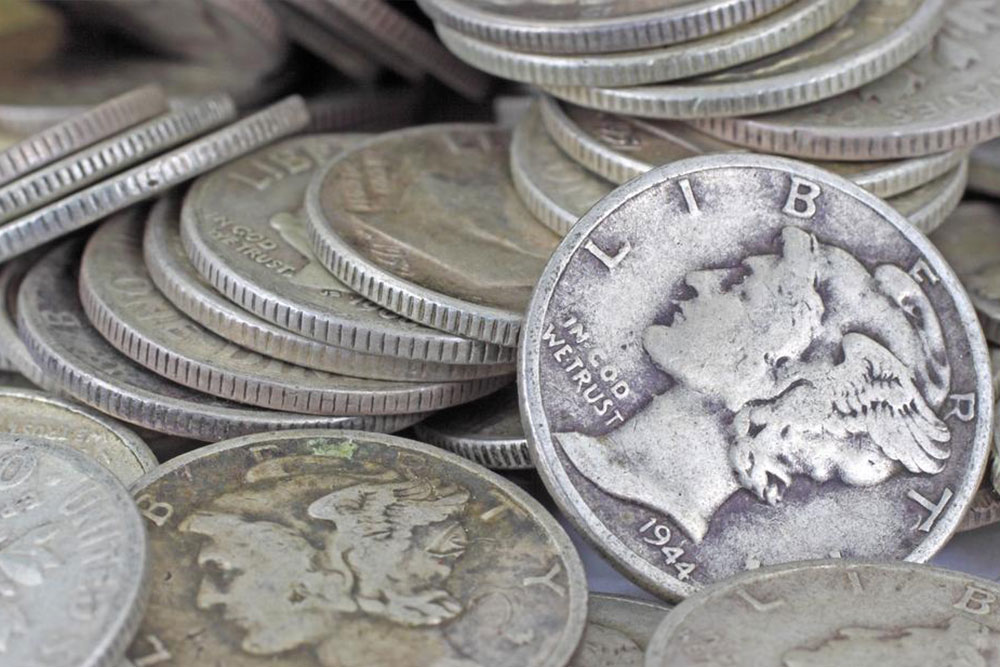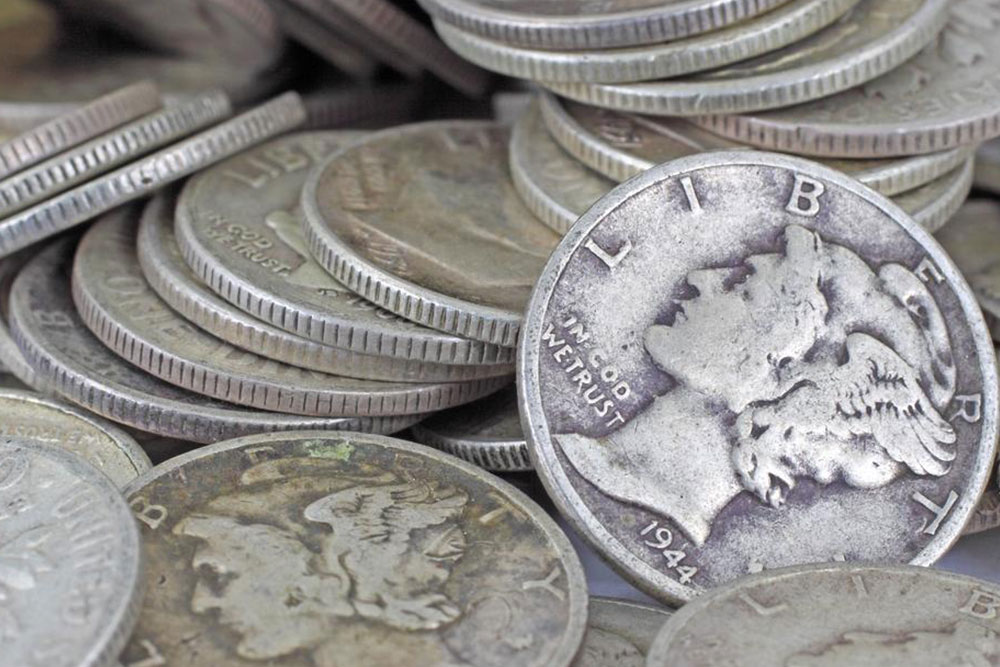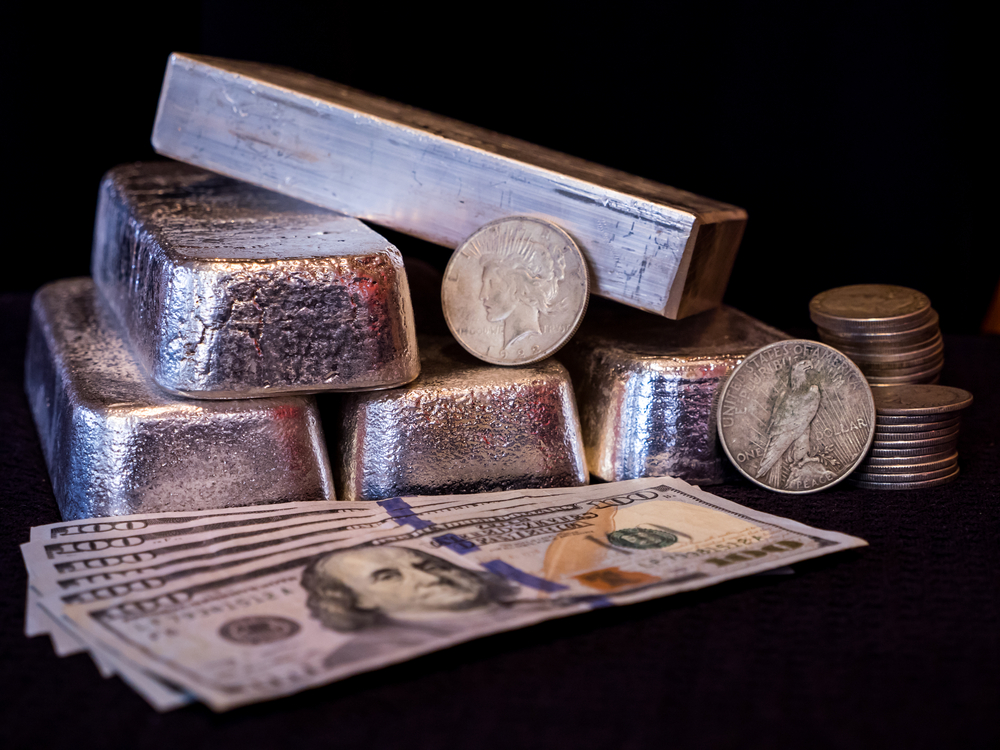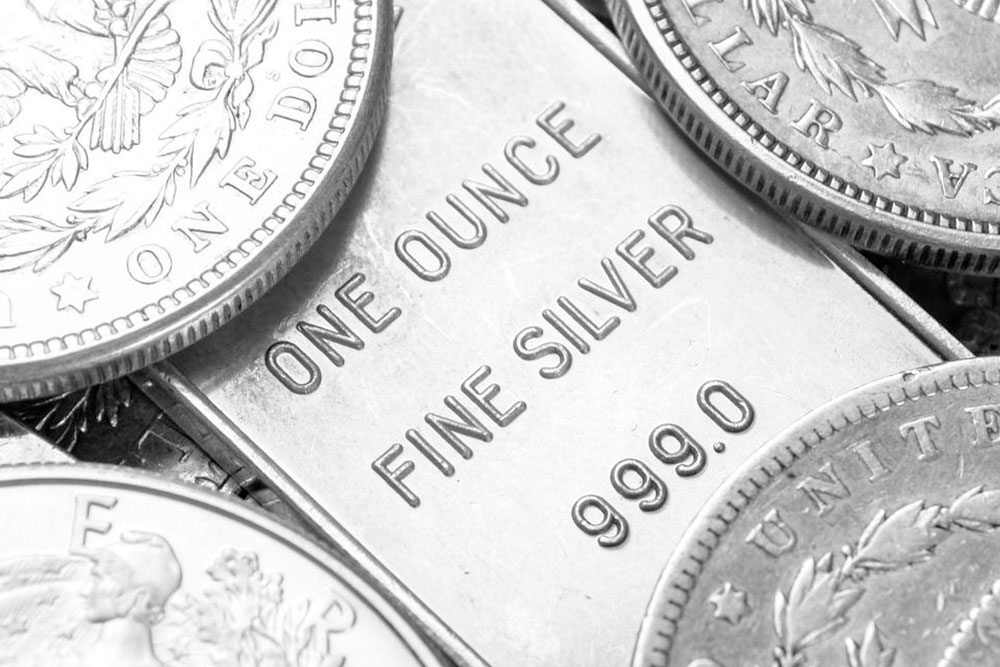Popular Methods for Investing in Silver
Discover various popular ways to invest in silver, including physical options like bars and coins, as well as financial products such as ETFs and accounts. Silver remains a flexible investment option due to its affordability, market volatility, and diverse trading options. Learn the key tips and considerations to make informed silver investments and understand the role of silver in the global market.
Sponsored
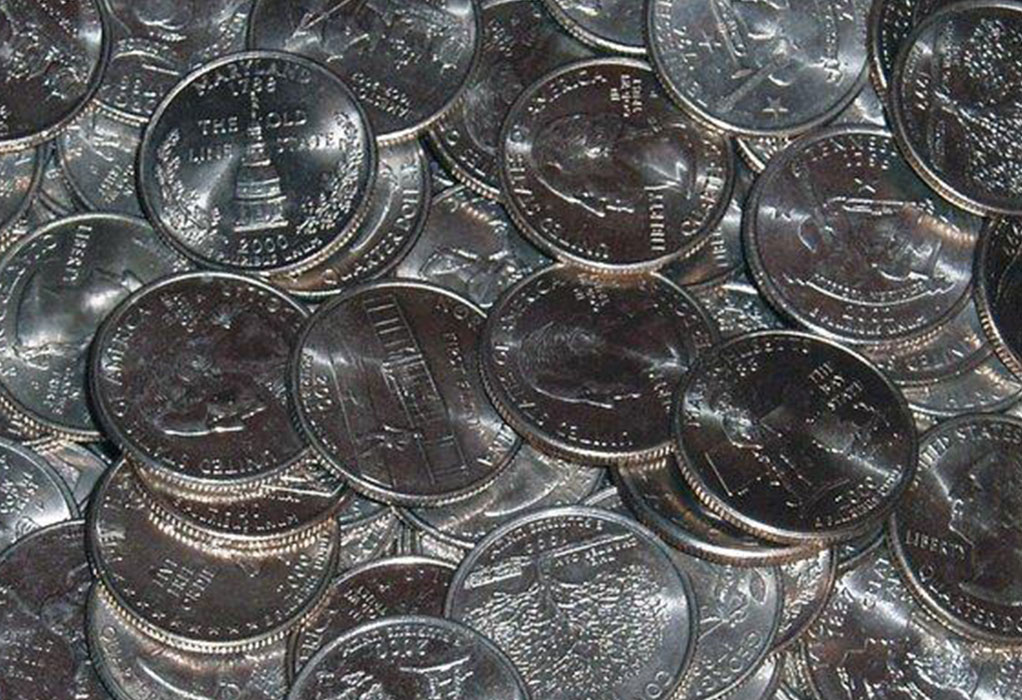
Silver has been used in trade for over 4000 years and has historically served as a form of currency. Although silver coins are no longer circulated in many countries following the end of the silver standard, investing in silver remains popular as a store of value and inflation hedge worldwide. Options include mint bullion and collector coins. Historically, about 40% of silver was used industrially, but today, silver investing has expanded significantly. Investors typically choose physical silver or financial instruments that track silver prices.
Physical Silver Investment: Surface options include jewelry, bullion bars, and coins.
Jewelry: Silver jewelry is mainly worn for fashion and less often as an investment. Resale value can be affected by manufacturing costs, wastage, and oxidation.
Bullion Bars: Rectangular silver bars, available through banks or bullion dealers, are ideal for storage. Made of nearly pure silver, they trade slightly above market prices. Storage options include safes, bank deposit boxes, or secure storage with dealers. The term "XAG" alongside the currency code indicates silver trading in the spot market, e.g., XAGUSD for US dollars. Sizes vary from 1 oz. to 1000 oz. bars, with smaller retail bars available for easier trading.
Silver Coins: Widely purchased, iconic coins like the Canadian Silver Maple Leaf (99.99%), American Silver Eagle (99.93%), or 90% pure junk silver are common investments. Some silver coins still serve as legal tender, such as in Utah or in countries like Switzerland and Liechtenstein, where bullion coins are bought and sold directly.
Collectible Coins: These are favored by collectors rather than investors, with value fluctuating based on rarity and demand, rather than silver purity alone.
Exchange-Traded Products (ETPs): Investors can buy silver certificates instead of physical metal, facilitating quick trading without storage hassles. Examples include iShares Silver Trust (SLV), ETFS Physical Silver (PHAG), and Sprott Physical Silver Trust (PSLV).
Silver Accounts: Several banks, notably Swiss banks, provide accounts to buy and sell silver electronically, similar to foreign currency accounts. Digital gold providers and online exchanges also offer silver derivatives, CFDs, and spread betting options around the globe.
Key tips for silver investing include:
Silver’s affordability allows investors to acquire more units than other precious metals for the same investment.
The gold-to-silver ratio is a common metric for valuation.
Silver prices tend to be more volatile than gold during bull markets.
Market volume for physical silver is smaller compared to paper silver traded globally.

